-
 Bitcoin
Bitcoin $94,712.0301
0.86% -
 Ethereum
Ethereum $1,813.7037
1.28% -
 Tether USDt
Tether USDt $1.0001
0.01% -
 XRP
XRP $2.1339
-0.47% -
 BNB
BNB $598.9302
2.30% -
 Solana
Solana $145.7434
1.63% -
 USDC
USDC $1.0001
0.02% -
 Dogecoin
Dogecoin $0.1705
0.73% -
 TRON
TRON $0.2480
0.50% -
 Cardano
Cardano $0.6629
-1.09% -
 Sui
Sui $3.3794
4.80% -
 Chainlink
Chainlink $13.6249
-1.50% -
 Avalanche
Avalanche $19.7152
-0.15% -
 Stellar
Stellar $0.2591
-2.06% -
 UNUS SED LEO
UNUS SED LEO $8.6571
-4.66% -
 Shiba Inu
Shiba Inu $0.0...01267
0.63% -
 Toncoin
Toncoin $2.9811
-0.46% -
 Hedera
Hedera $0.1735
-0.82% -
 Bitcoin Cash
Bitcoin Cash $354.3469
0.55% -
 Hyperliquid
Hyperliquid $20.4287
2.57% -
 Litecoin
Litecoin $82.9746
-2.34% -
 Polkadot
Polkadot $3.9183
-0.25% -
 Dai
Dai $1.0000
0.00% -
 Monero
Monero $277.3512
1.61% -
 Bitget Token
Bitget Token $4.3107
0.23% -
 Ethena USDe
Ethena USDe $1.0004
-0.01% -
 Pi
Pi $0.5877
-0.57% -
 Pepe
Pepe $0.0...07940
-1.91% -
 Bittensor
Bittensor $373.8887
9.56% -
 Uniswap
Uniswap $4.9552
-0.52%
Bitcoin core wallet address
Bitcoin Core wallet addresses follow specific formats (Base58Check, P2SH, Bech32) and should be protected through private key security, strong passwords, 2FA, software updates, and cold storage practices.
Jan 12, 2025 at 08:55 pm
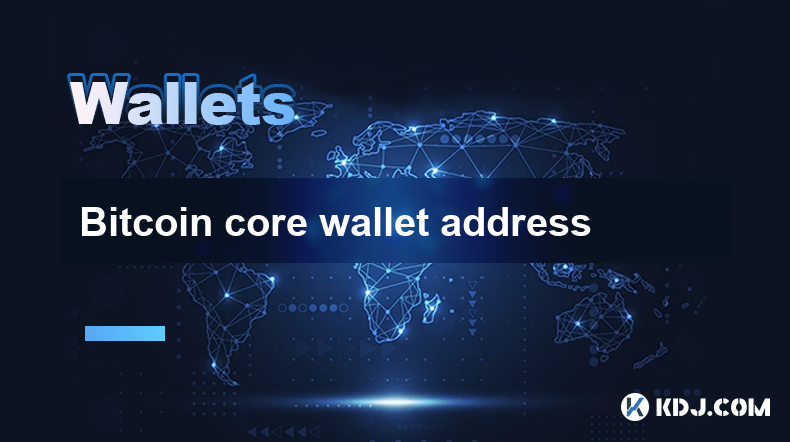
Cracking the Enigma: Unraveling Bitcoin Core Wallet Addresses
Key Points:
- Understanding Bitcoin Core Wallet Address Formats
- Generating Bitcoin Core Wallet Addresses
- Importing Bitcoin Core Wallet Addresses
- Sending and Receiving Bitcoin from Core Wallet Addresses
- Security Measures for Bitcoin Core Wallet Addresses
Comprehensive Guide to Bitcoin Core Wallet Addresses
1. Understanding Bitcoin Core Wallet Address Formats
Bitcoin Core wallet addresses are unique identifiers used to send and receive Bitcoin cryptocurrency. They adhere to the following formats:
- Base58Check: The most common format, starting with "1" or "3." It comprises alphanumeric characters and error-checking characters.
- P2SH (Pay-to-Script-Hash): Beginning with "3" or "bc1," this format allows for complex spending conditions and multi-signature transactions.
- Bech32: Introduced with SegWit, it starts with "bc1" and uses a case-insensitive alphabetic character set.
2. Generating Bitcoin Core Wallet Addresses
Generating a Bitcoin Core wallet address involves creating a new public and private key pair.
- Private Key: A secret code used to spend Bitcoin from the wallet.
- Public Key: A derived from the private key and shared publicly to receive Bitcoin.
The public key is hashed using the SHA-256 and RIPEMD-160 algorithms to generate a wallet address.
3. Importing Bitcoin Core Wallet Addresses
To import an existing Bitcoin Core wallet address:
- Access Core Wallet: Open the Bitcoin Core software and click "File."
- Import Address: Select "Import Address" and enter the wallet address.
- Confirm Address: Verify the address before clicking "Import."
Importing an address allows you to receive Bitcoin to that address and gain access to funds if you have the corresponding private key.
4. Sending and Receiving Bitcoin from Core Wallet Addresses
Sending Bitcoin:
- Enter the recipient's wallet address and amount to send.
- Set transaction fees and click "Send."
Receiving Bitcoin:
- Provide the wallet address to the sender.
- Received Bitcoin is displayed in the wallet's balance.
5. Security Measures for Bitcoin Core Wallet Addresses
- Protect Private Keys: Never share or store your private keys online.
- Use Strong Passwords: Create robust passwords to protect your wallet file.
- Enable Two-Factor Authentication (2FA): Add an additional layer of security to your account.
- Regular Updates: Keep your wallet software up-to-date to enhance security.
- Cold Storage: Consider storing your funds in a hardware wallet or offline cold storage device for enhanced protection.
FAQs
Q: Are Bitcoin Core wallet addresses case-sensitive?
A: Yes, for Bech32 addresses (starting with "bc1") only. All other address formats are case-insensitive.
Q: How do I check the balance of a Bitcoin Core wallet address?
A: Open the Bitcoin Core software and navigate to the "Receive" tab. Enter the wallet address in the search field. The balance will be displayed if the address is associated with your wallet.
Q: What is the difference between a Bitcoin wallet address and a private key?
A: A Bitcoin wallet address is a public identifier used to receive Bitcoin. A private key is a secret code used to spend Bitcoin from a wallet address.
Q: Why does my Bitcoin Core wallet address keep changing?
A: Bitcoin Core generates a new wallet address for every transaction to enhance privacy and security.
Q: How can I recover a lost Bitcoin Core wallet address?
A: Recovery is possible if you have a backup of your wallet file or private keys. If not, recovery may be challenging or impossible.
Disclaimer:info@kdj.com
The information provided is not trading advice. kdj.com does not assume any responsibility for any investments made based on the information provided in this article. Cryptocurrencies are highly volatile and it is highly recommended that you invest with caution after thorough research!
If you believe that the content used on this website infringes your copyright, please contact us immediately (info@kdj.com) and we will delete it promptly.
- Dogecoin (DOGE) Price Rebounds Sharply From April Lows, Gains 38% and Reignite Bullish Forecasts
- 2025-05-06 10:10:12
- Ruvi (RUVI) Has Captured the Market's Attention with Rumors of Major Acquisitions and the Unlocking of One Billion XRP from Escrow
- 2025-05-06 10:10:12
- House Financial Services Committee's Maxine Waters will block efforts to hold a joint hearing on market structure discussion draft bill
- 2025-05-06 10:05:11
- Pepeto Promises the Return of Altcoin Season as Bitcoin (BTC) Slows
- 2025-05-06 10:05:11
- India proposes zero-for-zero tariffs on pharmaceuticals, auto parts and steel to break Trump Tariff War deadlock
- 2025-05-06 10:01:53
- Trump’s meme coin business racks up fees as buyers jump at the chance for access to the president
- 2025-05-06 10:01:53
Related knowledge
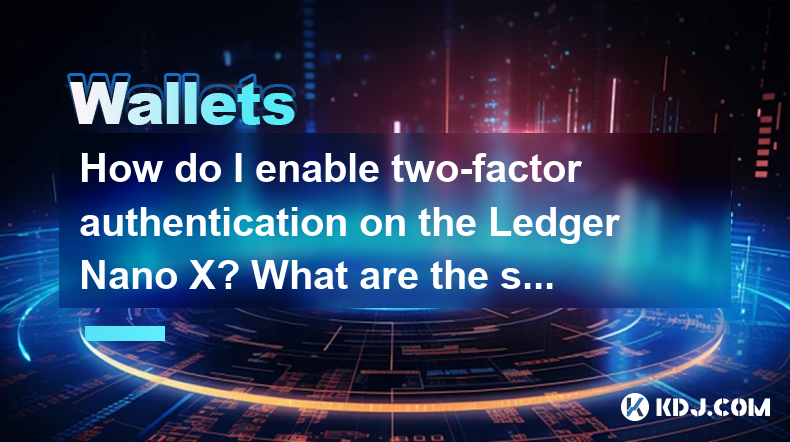
How do I enable two-factor authentication on the Ledger Nano X? What are the security options?
May 02,2025 at 09:49pm
Enabling two-factor authentication (2FA) on your Ledger Nano X is a critical step in securing your cryptocurrency assets. The Ledger Nano X offers robust security options that enhance the protection of your digital wealth. In this article, we will guide you through the process of enabling 2FA on your Ledger Nano X and explore the various security featur...
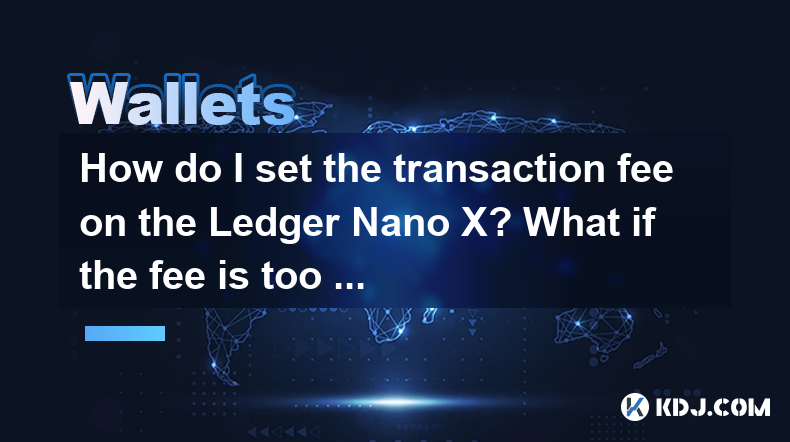
How do I set the transaction fee on the Ledger Nano X? What if the fee is too high?
May 05,2025 at 09:21pm
Setting the transaction fee on your Ledger Nano X is an essential part of managing your cryptocurrency transactions efficiently. The transaction fee directly impacts how quickly your transaction is processed and confirmed on the blockchain. In this guide, we will walk you through the steps to set the transaction fee on your Ledger Nano X, and what to do...

How do I export the Ledger Nano X transaction history? How long can the data be saved?
May 04,2025 at 07:21am
Introduction to Ledger Nano X and Transaction HistoryThe Ledger Nano X is a hardware wallet designed to store your cryptocurrency safely. It supports a wide range of cryptocurrencies and offers robust security features. One of the essential aspects of managing your cryptocurrencies is keeping track of your transaction history. The Ledger Nano X allows y...
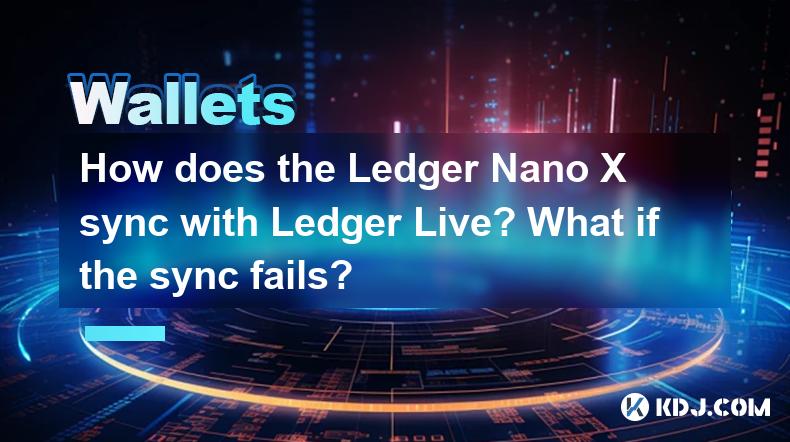
How does the Ledger Nano X sync with Ledger Live? What if the sync fails?
May 04,2025 at 12:07pm
The Ledger Nano X is a popular hardware wallet that allows users to securely manage their cryptocurrency assets. One of the key features of the Ledger Nano X is its ability to sync with the Ledger Live application, which provides a user-friendly interface for managing your crypto portfolio. In this article, we will explore how the Ledger Nano X syncs wi...
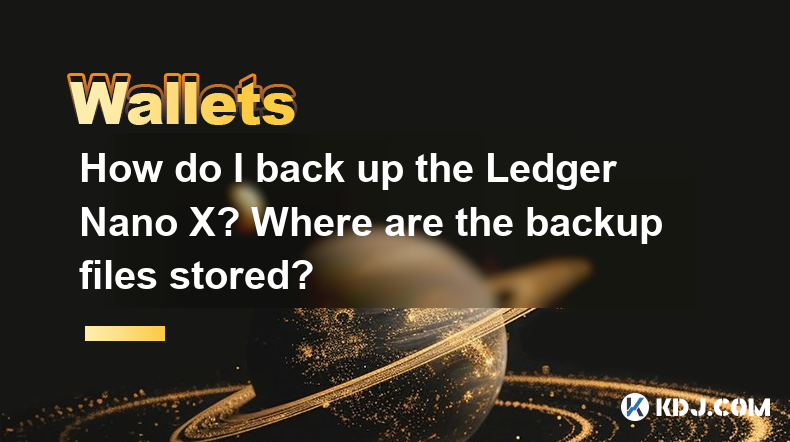
How do I back up the Ledger Nano X? Where are the backup files stored?
May 06,2025 at 09:07am
Introduction to Backing Up Your Ledger Nano XBacking up your Ledger Nano X is crucial for safeguarding your cryptocurrencies. A backup ensures that you can recover your funds if your device is lost, stolen, or damaged. In this article, we will delve into the step-by-step process of backing up your Ledger Nano X, as well as where the backup files are sto...
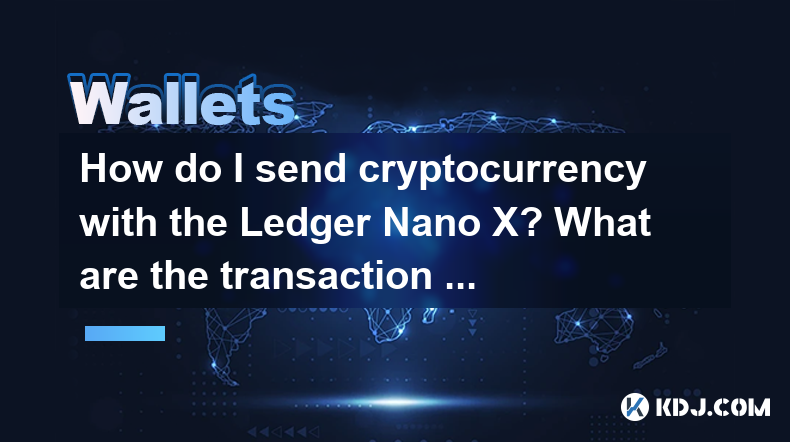
How do I send cryptocurrency with the Ledger Nano X? What are the transaction confirmation steps?
May 03,2025 at 05:01am
Sending cryptocurrency using the Ledger Nano X involves a series of steps that ensure the security and accuracy of your transactions. This process is designed to be user-friendly while maintaining the high level of security that Ledger devices are known for. In this article, we will guide you through the process of sending cryptocurrency with the Ledger...

How do I enable two-factor authentication on the Ledger Nano X? What are the security options?
May 02,2025 at 09:49pm
Enabling two-factor authentication (2FA) on your Ledger Nano X is a critical step in securing your cryptocurrency assets. The Ledger Nano X offers robust security options that enhance the protection of your digital wealth. In this article, we will guide you through the process of enabling 2FA on your Ledger Nano X and explore the various security featur...

How do I set the transaction fee on the Ledger Nano X? What if the fee is too high?
May 05,2025 at 09:21pm
Setting the transaction fee on your Ledger Nano X is an essential part of managing your cryptocurrency transactions efficiently. The transaction fee directly impacts how quickly your transaction is processed and confirmed on the blockchain. In this guide, we will walk you through the steps to set the transaction fee on your Ledger Nano X, and what to do...

How do I export the Ledger Nano X transaction history? How long can the data be saved?
May 04,2025 at 07:21am
Introduction to Ledger Nano X and Transaction HistoryThe Ledger Nano X is a hardware wallet designed to store your cryptocurrency safely. It supports a wide range of cryptocurrencies and offers robust security features. One of the essential aspects of managing your cryptocurrencies is keeping track of your transaction history. The Ledger Nano X allows y...

How does the Ledger Nano X sync with Ledger Live? What if the sync fails?
May 04,2025 at 12:07pm
The Ledger Nano X is a popular hardware wallet that allows users to securely manage their cryptocurrency assets. One of the key features of the Ledger Nano X is its ability to sync with the Ledger Live application, which provides a user-friendly interface for managing your crypto portfolio. In this article, we will explore how the Ledger Nano X syncs wi...

How do I back up the Ledger Nano X? Where are the backup files stored?
May 06,2025 at 09:07am
Introduction to Backing Up Your Ledger Nano XBacking up your Ledger Nano X is crucial for safeguarding your cryptocurrencies. A backup ensures that you can recover your funds if your device is lost, stolen, or damaged. In this article, we will delve into the step-by-step process of backing up your Ledger Nano X, as well as where the backup files are sto...

How do I send cryptocurrency with the Ledger Nano X? What are the transaction confirmation steps?
May 03,2025 at 05:01am
Sending cryptocurrency using the Ledger Nano X involves a series of steps that ensure the security and accuracy of your transactions. This process is designed to be user-friendly while maintaining the high level of security that Ledger devices are known for. In this article, we will guide you through the process of sending cryptocurrency with the Ledger...
See all articles




















































































